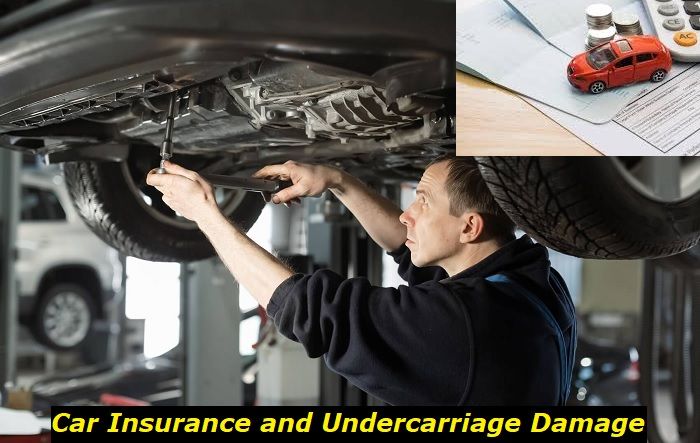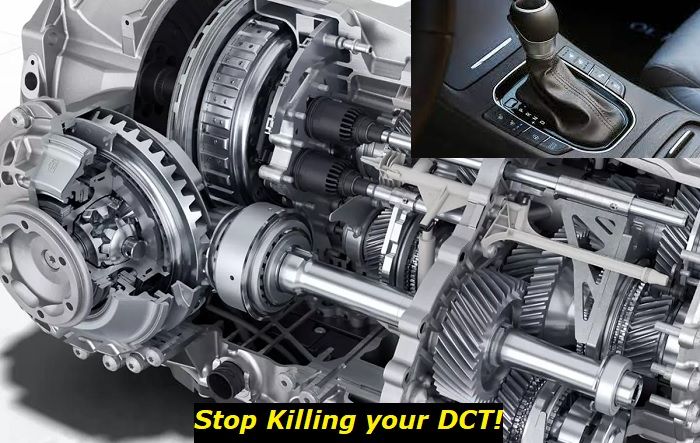Imagine this scenario - you are driving along on a lovely country lane, with the radio blasting some great tunes, just enjoying the drive itself. But suddenly, some warning lights flash on your dashboard, making you panic - according to these warning signals, your brake fluid is dangerously low!
Brake fluid warning light highlights
- Common reasons:brake fluid level low, bad sensor
- How to fix:check brake fluid level, look for leaks
- Possible consequences:brakes may not be available
- Priority level:High
- Can you drive?No
- DIY repair:Impossible
- Repair price range:$20-$550

What Is The Brake Fluid? What Does It Do?
First and foremost, before looking at why your car might be displaying the brake fluid lights on the dashboard, let's look at what the brake fluid is and what its function relative to the braking system is.
When you are driving your car, there is energy that is driving the car forward, which we know as kinetic energy. To slow down or to stop the car completely, we have to decrease the kinetic energy by applying friction by using the brakes. We apply the brakes, which in a detailed sense means that through brake calipers we squeeze the brake pads against the disks (or rotors). With this friction, we are able to bring the car to a halt completely.
While this process is instantaneous to us, the brake pedals are not directly attached to the brake calipers squeezing the brake pads against the rotors. Why? Well, the reasoning is pretty simple and clear. If it was entirely mechanical, we would have to apply a lot more force rather than just simply touching the brake pedal to get the car stopped!
Instead, we use an intricate system of hydraulics (which we also call power brakes) to radically increase the amount of pressure applied to the brake calipers. By using hydraulic braking, or power brakes, we are able to stop the vehicle with very little pressure applied to the brake pedal using our feet, because the pressure is multiplied before they reach the calipers!
So, what does brake fluid achieve in hydraulic braking systems? In fact, brake fluids are an integral part of the hydraulic braking system in your car. When you press the brake pedal, the force you've just applied first goes through multiplication through a vacuum booster (also known as a vacuum servo).
The multiplied force enables the brake master cylinder, and the brake master cylinder sends pressurized brake fluid to brake lines. So when you are pushing the brake pedal, you are not actually squeezing the brake pads further, but you are simply increasing the pressure of the brake fluid in the brake lines that applies more force to the brake calipers.
Do You Need To Change The Brake Fluid In Your Car?
An important characteristic of the brake fluid in your car is its boiling point. Why? Well, as we mentioned when we apply the brakes we use the force of friction to slow down or stop the vehicle. And, if you were paying close attention to your physics teacher, the force of friction results in heat being created.
Since the brake fluid is subjected to high temperatures, it needs to have a very high boiling point so that it does not vaporize and reduce the effectiveness of your braking system.
Over time, moisture will seep into the brake fluid reservoir and mix with the brake fluid. The problem with this is that the moisture will lower the boiling point of your brake fluid, which can result in vaporization. As such, it is recommended by manufacturers that you flush and refill the brake fluid every 3-4 years to avoid failure in your brake system.
Brake fluids are categorized by their boiling point in four different classes, these categories being:
- DOT 3
- DOT 4
- DOT 5
- DOT 5.1
You should check your manufacturer's specifications if you are planning to flush and change the brake fluid and see which of these brake fluids you should be using. As a general rule of thumb though, it isn't bad practice to upgrade (if you're using DOT 3, you may switch to DOT4) but you should never downgrade.
Also, since DOT 5 is silicone-based (the advantage is that DOT 5 brake fluids do not absorb moisture), you should be 100% sure that your vehicle is compatible with it. Otherwise, you may even experience catastrophic brake failure!
Why Is The Brake Fluid Light Turning On In The Dashboard?
So, you have got the brake fluid light lit up on the dashboard of your car - what is the next step you should take? Obviously, you should physically inspect the brake fluid reservoir and check whether your brake fluid is actually low or not.
To find the brake fluid reservoir, first open the hood (or the bonnet, if you enjoy beans on toast) of your car and look for it on the driver's side of your car. Remember, since the hydraulic braking system is physically connected to the brake pedal it is going to be on the driver's side of your car.
If you have a right-hand drive car, you are going to have to check that side. The brake fluid reservoir will have a sign of the brakes (which looks like a circle between two brackets) on the cap of the reservoir. Once you locate the reservoir, physically inspect the fluid level by undoing the cap. The fluid should be below the "MAX" line and above the "MIN" line.
After confirming that this is indeed the case, we should inspect the brake fluid sensor and the connector. In most cars, the connectors are directly connected to the brake fluid reservoir cap, so unplug the connectors and check for any kind of corrosion on the cables.
If the connectors seem alright to you, next up you should check the brake fluid sensor. Again, in most cars, this is a float sensor that is directly attached to the brake fluid reservoir cap. It has a round shape and it looks like a buoy that you might see in the sea.
Under normal circumstances, when it is in the down position, it should give the brake fluid light message as it means that the fluid level is low. When it is in the top position, it should not give any kind of error message. Move the sensor up or down and check the dashboard of your car, if you are getting the brake fluid light even when the sensor is in its top position, it means you have a faulty sensor that needs replacement!
Of course, part prices and availability fluctuate a lot depending on the manufacturer and the model, however, this sensor is not usually an expensive part to replace.
There is one more potential culprit of the brake fluid light that you might want to check. If the connectors and the brake fluid sensor are working as they should, you might have worn brake pads. When the brake pads are worn, you are going to need more pressurized fluid to apply the brakes and stop the car.
Obviously, having worn brake pads is a very major issue, and having the brake fluid light turn on is just a minor annoyance compared to all the other risks that worn brake pads might cause. Consider changing them immediately!
Whilst you are inspecting the brake fluid reservoir, check the status of the brake fluid as well. The color of the brake fluid, under normal circumstances, should be clear with a hint of yellow. However, if it is dark brown or dark yellow, your brake fluid might be contaminated. You should consider flushing and refilling your brake fluid as soon as possible!
Final Thoughts
We hope you found our in-depth guide to diagnosing the brake fluid light in your car useful. As we mentioned in the beginning, if the brake fluid is full, the culprit of this error is usually the faulty brake fluid sensor that has to be replaced.
If you found this article useful, let us know in the comments! We appreciate all kinds of feedback! And, as always, drive safe out there!
About the authors
The CarAraC research team is composed of seasoned auto mechanics and automotive industry professionals, including individuals with advanced degrees and certifications in their field. Our team members boast prestigious credentials, reflecting their extensive knowledge and skills. These qualifications include: IMI: Institute of the Motor Industry, ASE-Certified Master Automobile Technicians; Coventry University, Graduate of MA in Automotive Journalism; Politecnico di Torino, Italy, MS Automotive Engineering; Ss. Cyril and Methodius University in Skopje, Mechanical University in Skopje; TOC Automotive College; DHA Suffa University, Department of Mechanical Engineering






Add comment